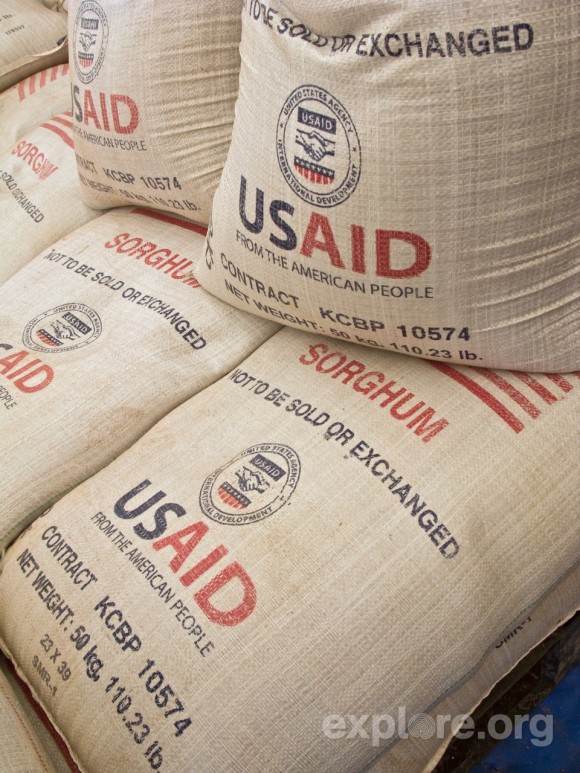
A few weeks ago in my food policy seminar, we discussed food aid. Paarlberg (2011), whose discussion of food aid informs much of the first half of this post, defines food aid as the international shipment of food through noncommercial channels as a gift.
Though almost 60 percent of food aid is delivered by the United Nations’ World Food Programme, the US remains a major provider of food aid. The delivery of food aid by the US is not without its fair share of problems. Among the most decried features of the US food aid program are that
- US food aid has to be purchased in the United States, and
- US food aid has to be shipped on US-flagged vessels.
As a consequence of those two rules, 65% of US spending on food aid is spent on administrative and transportation costs.
African Institutions and the Endangered Species Act
From an op-ed I published in the Star Tribune (Minneapolis–St. Paul) this past weekend: